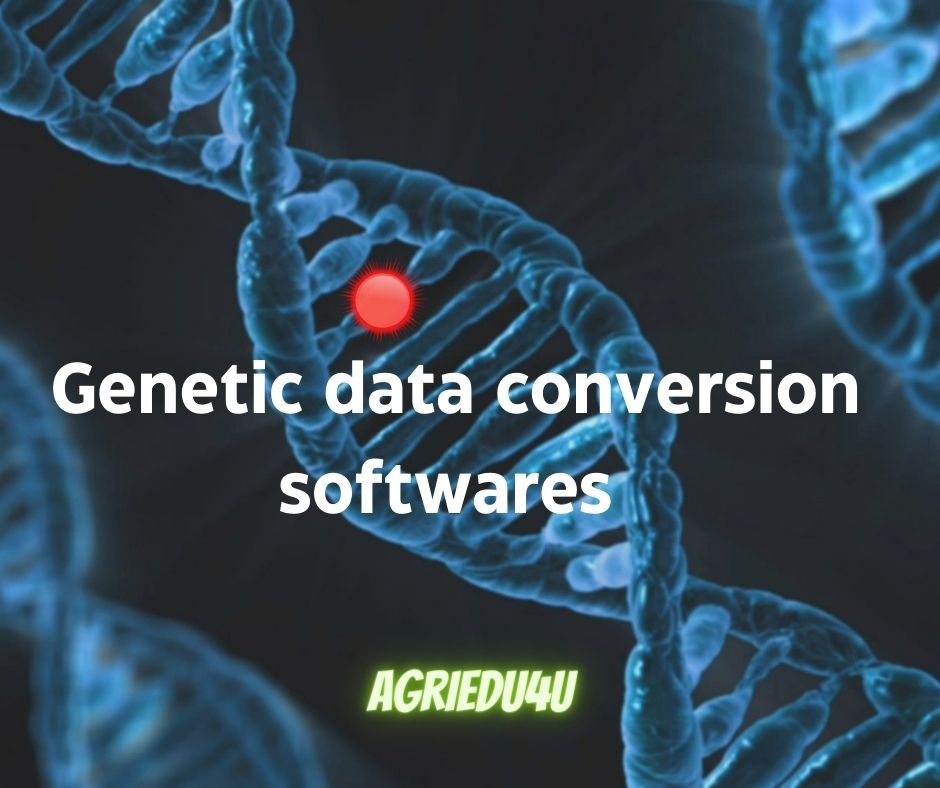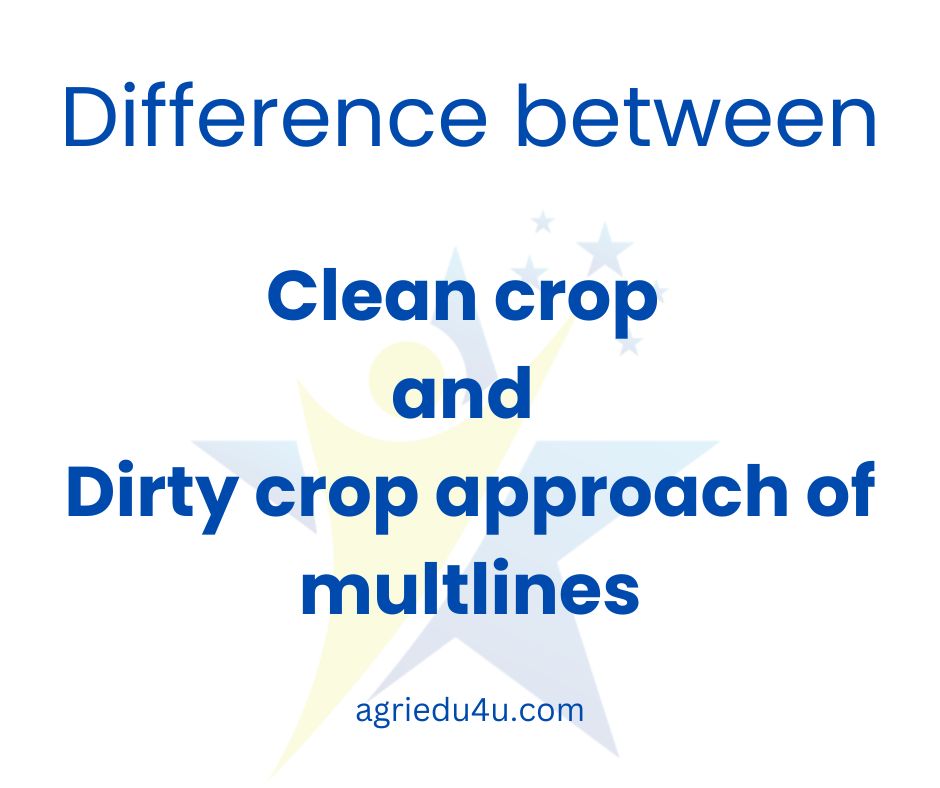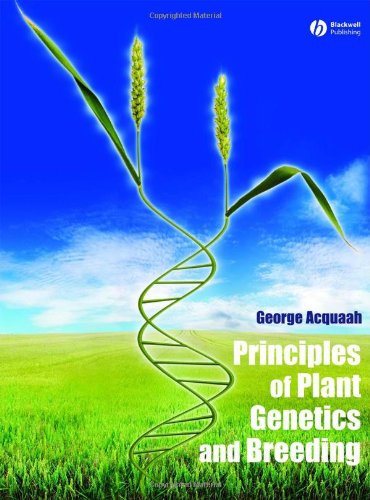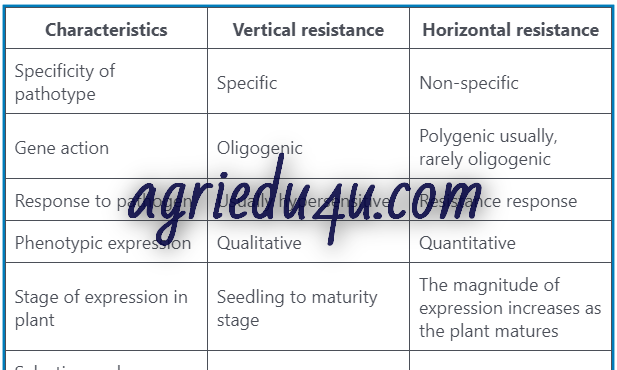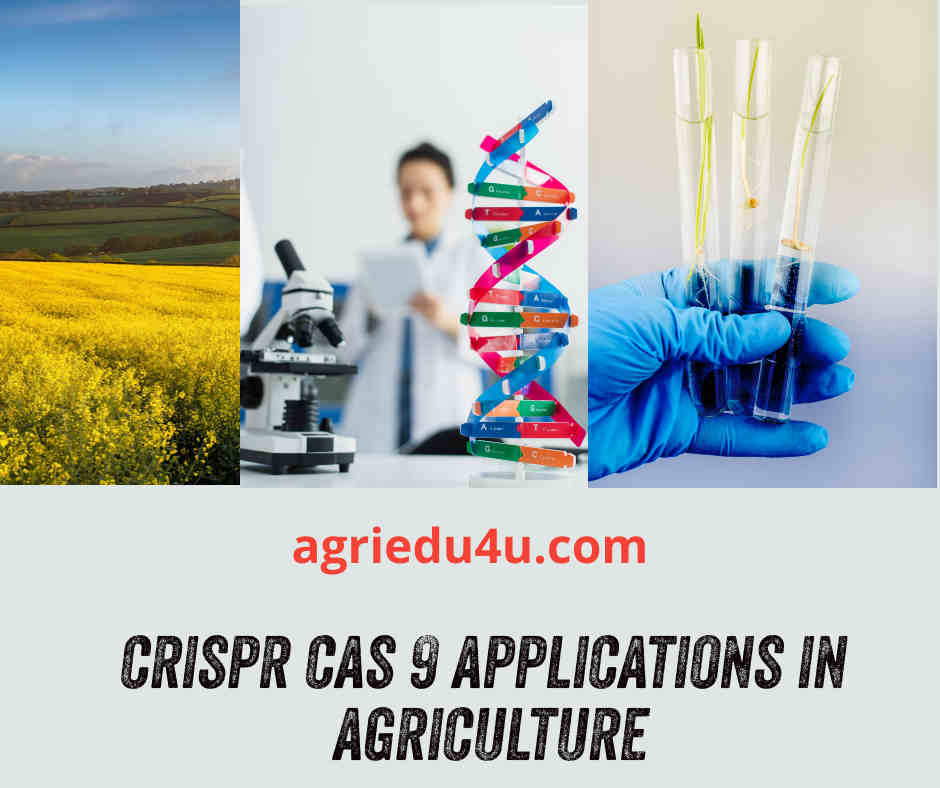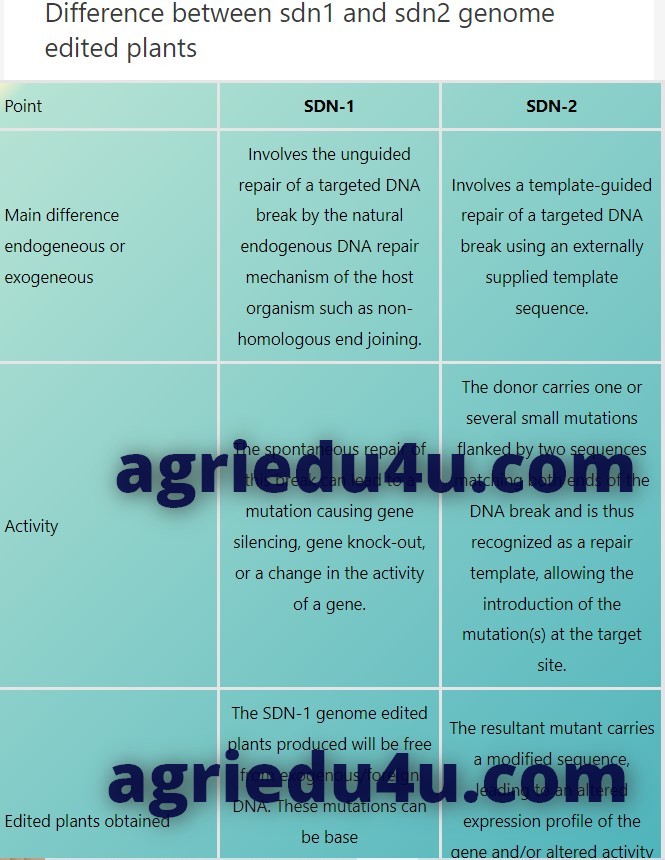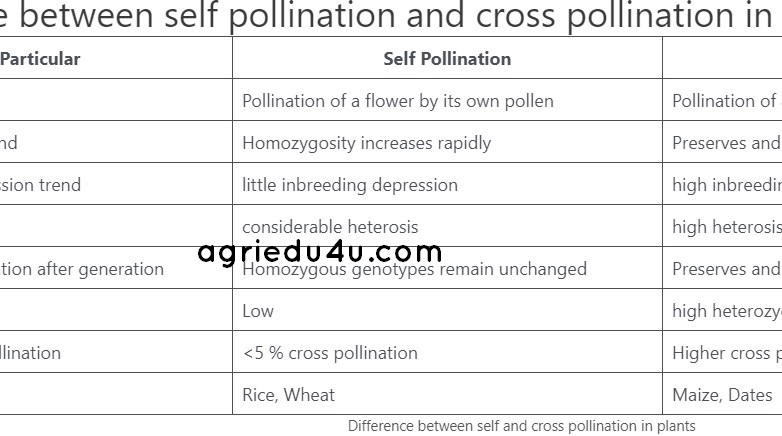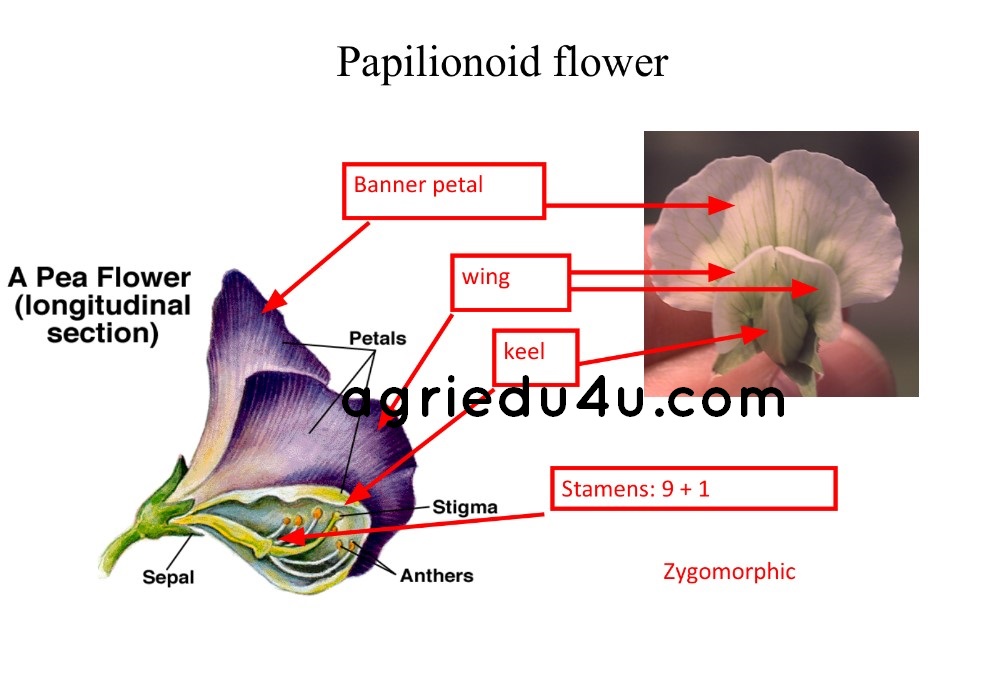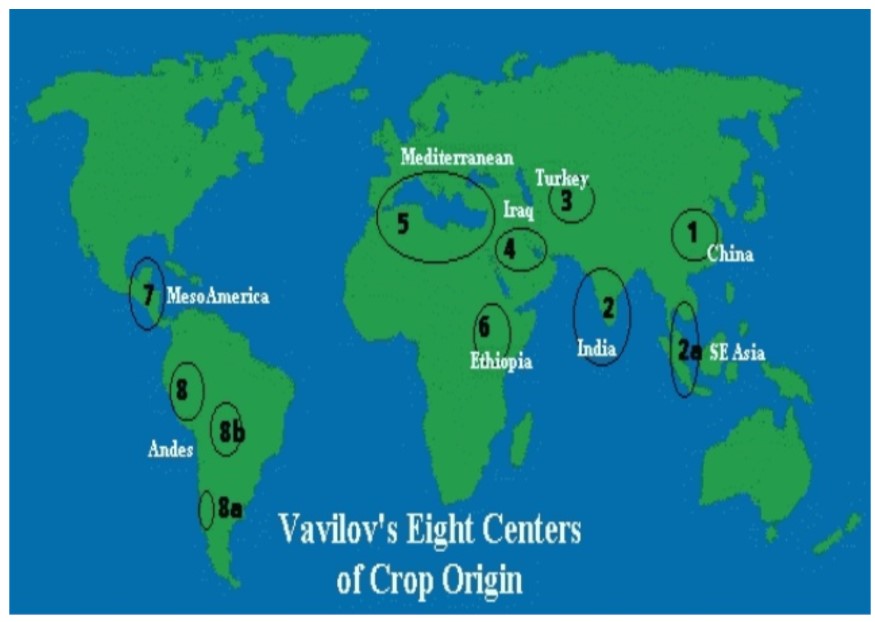Software for genetic data conversion | genetic data format conversion | UPGMA bootstrap
Format conversion software helps a tonne to save biologists in all fields from a huge chunk of manual labor. these few software help us easily convert from one file format …
Software for genetic data conversion | genetic data format conversion | UPGMA bootstrap Read More »

